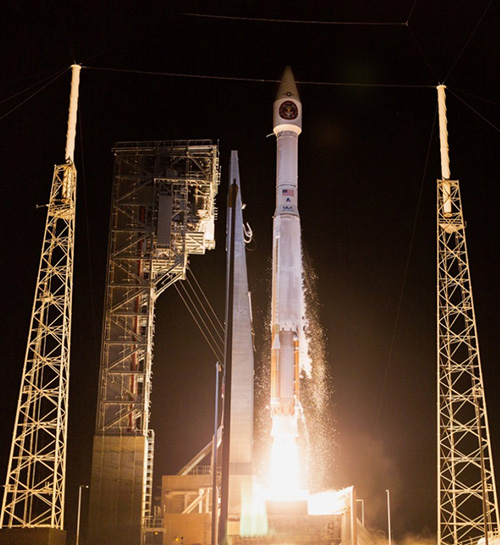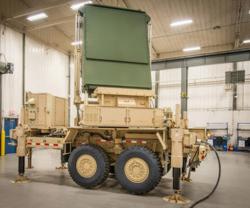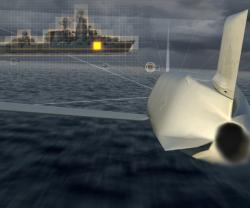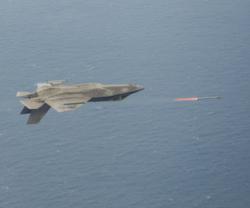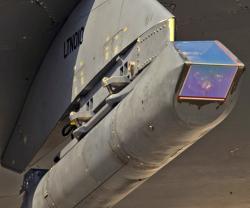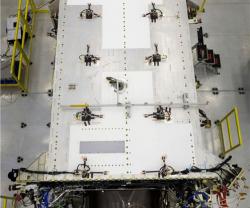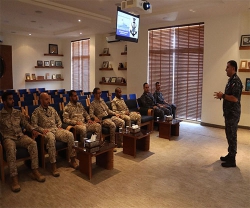From its final orbit location 22,000 miles above the equator, the third Lockheed Martin-built Space Based Infrared System (SBIRS) satellite recently sent its first images back down to Earth, a milestone known as “first light”.
The satellite was launched on January 20th aboard a United Launch Alliance Atlas V rocket and is the third in a series of Geosynchronous Earth Orbit (GEO) satellites that the U.S. Air Force uses to provide faster and more accurate missile warning data to the nation and its allies.
The satellite reached orbit, where it successfully completed deployments of its sun-tracking solar arrays, antenna wing assemblies and light shade.
“With the satellite successfully on orbit, we are now working to ensure GEO Flight 3 continues the outstanding performance trends demonstrated by its predecessors, including better-than-specified sensor pointing accuracy and the ability to detect dimmer targets than expected,” said David Sheridan, Vice President of Lockheed Martin’s Overhead Persistent Infrared systems mission area.
The constellation is operated by the next-generation SBIRS ground station at Buckley Air Force Base, Colorado. GEO Flight 4, the next satellite in the series, will undergo final assembly, integration and test at Lockheed Martin’s satellite production facility in Sunnyvale, California, prior to its launch planned for later this year.
The team is also working to modernize the fifth and sixth SBIRS satellites under a no-cost contract modification for the U.S. Air Force. Using a common, modernized A2100 spacecraft bus, the new design allows for a configurable payload module that can incorporate future sensor suites. The design will also save costs on production through a streamlined process, which enables concurrent testing of the satellite bus and payload.
The SBIRS development team is led by the Remote Sensing Systems Directorate at the U.S. Air Force Space and Missile Systems Center, Los Angeles Air Force Base, California. Lockheed Martin Space Systems, Sunnyvale, California, is the SBIRS prime contractor, with Northrop Grumman Aerospace Systems, Azusa, California, as the payload integrator. The 460th Space Wing, Buckley Air Force Base, Colorado, operates the SBIRS system.
Headquartered in Bethesda, Maryland, Lockheed Martin is a global security and aerospace company that employs approximately 97,000 people worldwide and is principally engaged in the research, design, development, manufacture, integration and sustainment of advanced technology systems, products and services.

